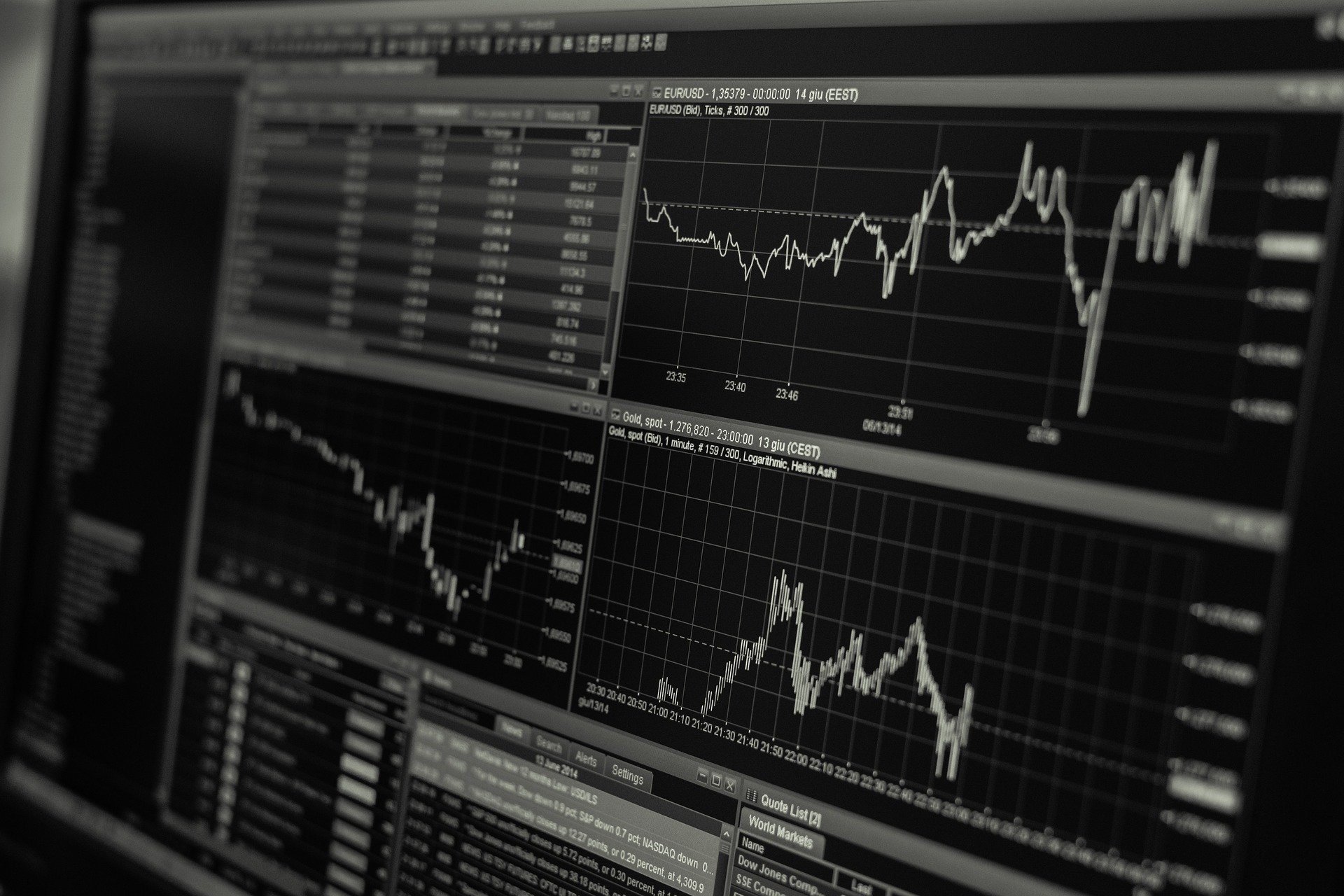Cash advances are one type of credit card transaction that are often overlooked. These transactions come with fees and high APR, making them costly. If you are considering an advance on your credit card, here is how to request a cash advance.
What Is a Cash Advance?
A cash advance is a type of financing where you withdraw physical cash against your credit card balance to pay for a good or service that cannot be paid for directly with a credit card. Taking out a cash advance against your credit card balance is very different from using a debit card at an ATM.
Some cardholders may not know this, but using a credit card to borrow cash to pay for something is more expensive than using a credit card to buy an item outright because of the extra transaction fees. Credit card companies treat cash advances differently than regular purchases and structure their interest rates differently, with cash advances having much higher rates.
How to Make a Cash Advance
Requesting a cash advance is a straightforward process but may require preparation. This preparation includes reading your card’s terms and conditions carefully and contacting your bank’s customer service team. Here is the basic cash advance process:
Check Your Card Agreement and Know the Fees
First, does your credit card offer cash advances? Every issuer has its own rules for cash advances. Some banks spell out their terms in the terms and conditions, while others do not allow cash advances at all.
Always check your cardmember agreement before attempting a cash advance. This card agreement should detail:
- If cash advances are allowed with the credit card
- How much can you withdraw
- The methods for conducting an advance
- Any fees associated with the cash advance
- The interest rate for cash advances
Cash advances usually feature an APR that is significantly higher than the purchase or balance transfer interest rate. Most banks also charge a fee for the transaction, with the most common charge being either $5 or 3% of the amount of the cash advance, whichever is greater.
Card issuers and banks also limit the amount a person can borrow through an advance. Cash advance limits are typically a fraction of the total credit line and vary depending on the cardholder’s history with the bank, creditworthiness, and other factors.
Request a Cash Advance
Once you understand the terms of your credit card’s cash advance rules and the rates this type of transaction charges, you can begin the advance process.
Most issuers have three ways to conduct a cash advance:
- At an ATM
- In-person at a bank branch
- Through cash advance convenience checks
At an ATM
The most common form of cash advance is through an ATM. Conducting an advance through an automated teller machine requires contacting customer service ahead of time. Cash advances through an ATM require a PIN code. By calling the customer service phone number on the back of the credit card, you can set up a PIN and make future advances much simpler.
Once you have your PIN, conducting a cash advance at an ATM is the same as using your debit card. However, keep in mind that you can only borrow up to your cash advance limit and that the bank may limit the amount of money you can withdraw per day.
In Branch
Getting an advance at a local bank branch is another common way to conduct a cash advance. To make a cash advance at branch, you’ll need a photo ID and the credit card on hand.
Convenience Checks
Convenience checks are a third way to make a cash advance. This form of advance is less common, but some banks still mail these checks to customers. A convenience check is like a check from a checking account – just tied to the credit card account. Writing a check is also similar – you add the payee’s name and the transaction amount. However, you simply make the name on the check “cash” and cash it in a branch for a cash advance.
Repay the Advance
Cash advances must be repaid, like any other credit card transaction. Since advances come with higher APR than purchases or balance transfers, they will quickly accrue interest. Always try to prioritize repaying cash advances to avoid amassing interest.
Cash advances should be considered a final option after exhausting other options. Other potential options may provide lower interest rates, easier repayment terms, and less impact on your credit score.
Related Article: 15 Essential Credit Card Terms You Should Know
Featured photo by Nicole De Khors / Burst
Editorial Disclosure – The opinions expressed on BestCards.com's reviews, articles, and all other content on or relating to the website are solely those of the content’s author(s). These opinions do not reflect those of any card issuer or financial institution, and editorial content on our site has not been reviewed or approved by these entities unless noted otherwise. Further, BestCards.com lists credit card offers that are frequently updated with information believed to be accurate to the best of our team's knowledge. However, please review the information provided directly by the credit card issuer or related financial institution for full details.



